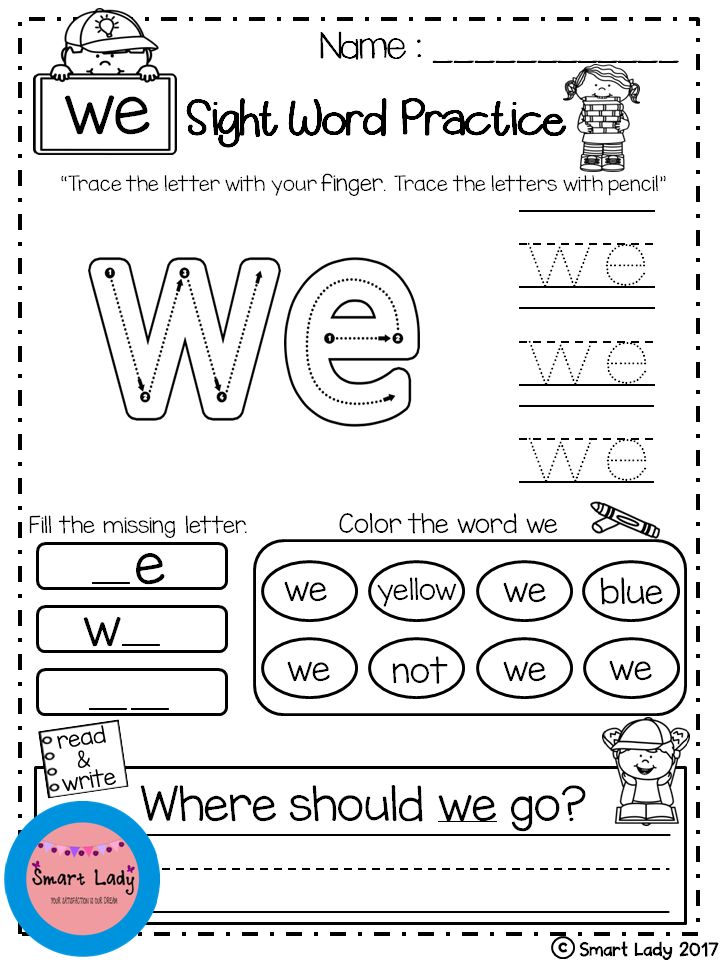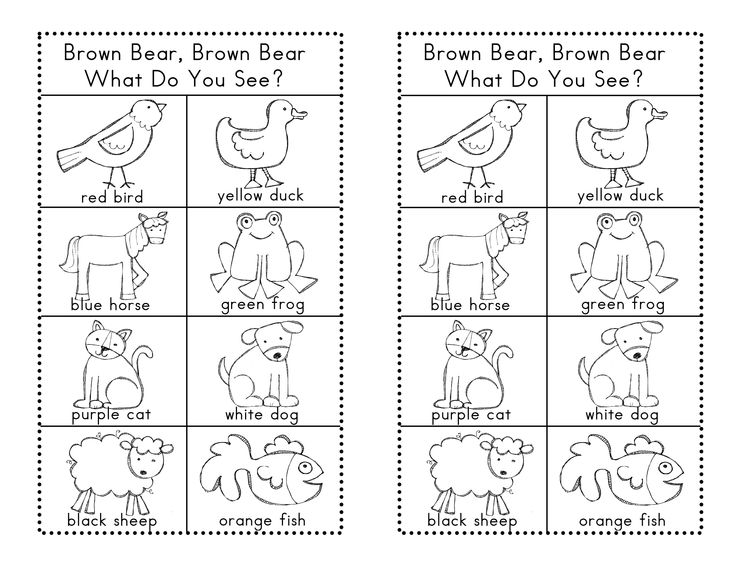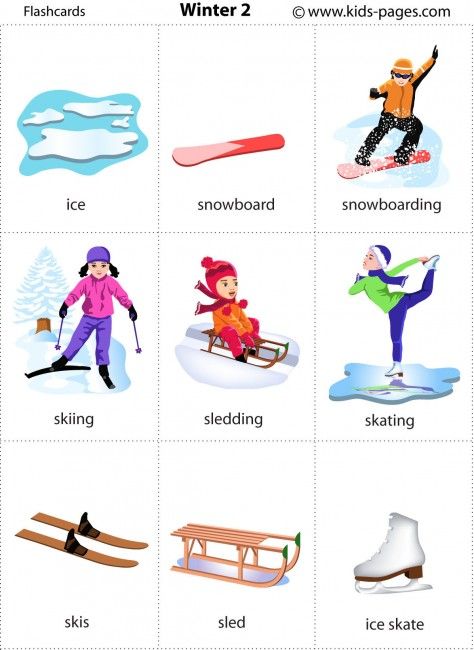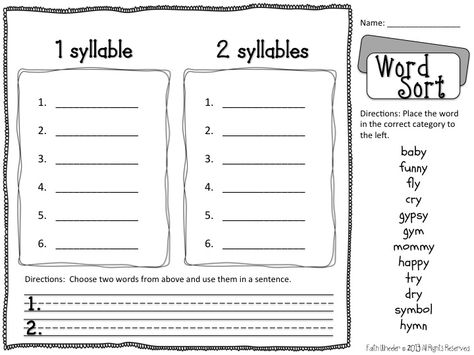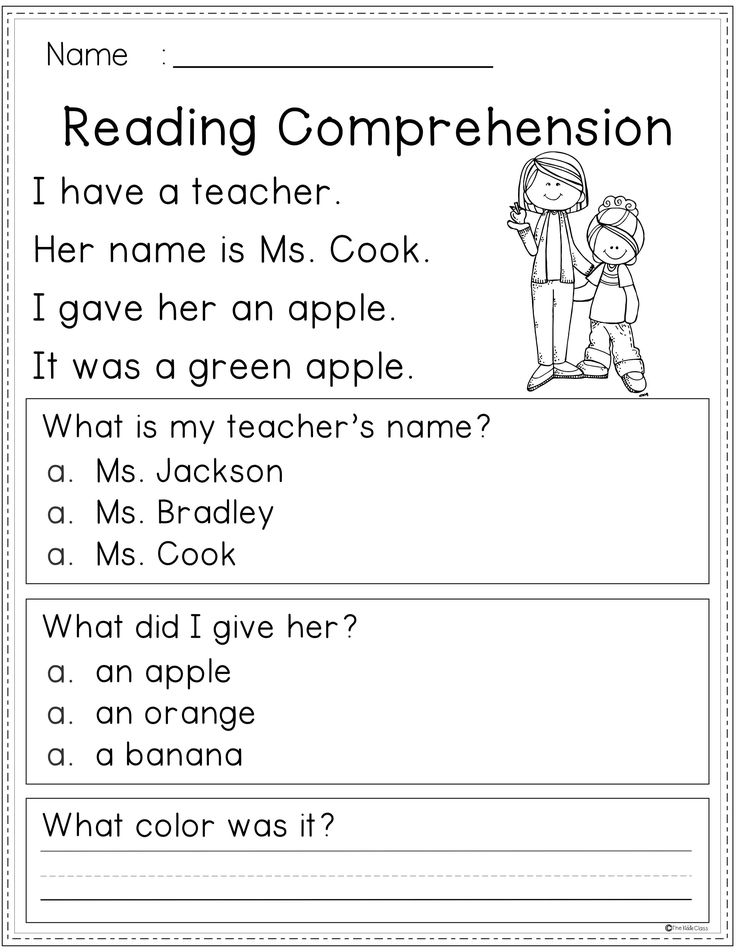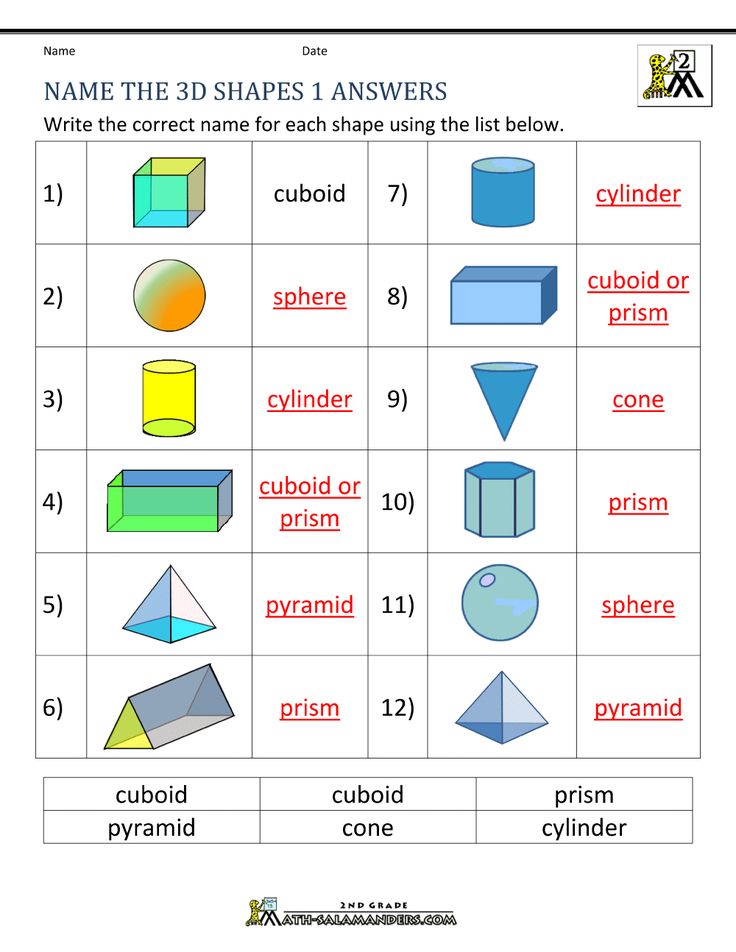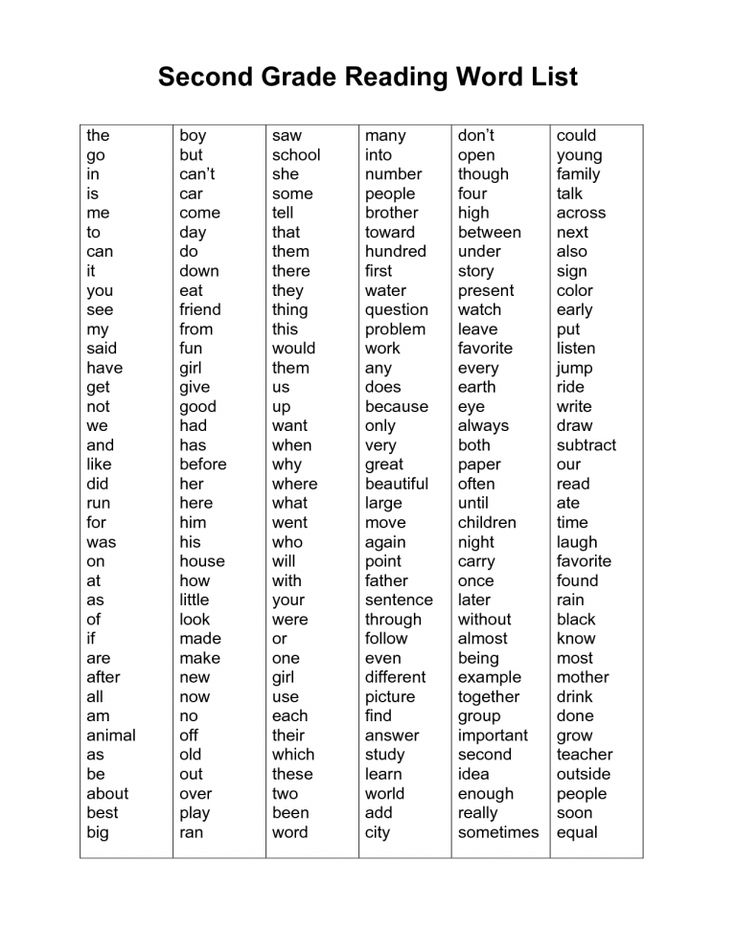Why are vowels important
Definition, Meaning & What They Are Explained
We all know that the English vowels are A, E, I, O, and U, but it might be hard to understand exactly why this concept is so important.
So what exactly makes a letter a vowel?
The short answer is that vowels are speech sounds that you can pronounce without restricting the flow of air from the lungs.
This article will explain how vowels work and why they’re so important.
What Is a Vowel?
Vowel Definition
According to the Merriam-Webster Dictionary, a vowel is a speech sound made with your mouth open and your tongue in the middle of your mouth, not touching your teeth or lips.
Vowel Meaning
A vowel is a speech sound made without a significant constriction of the flow of air from the lungs.
Every vowel sound is made by shaping the mouth in a specific way without blocking the airflow. You can create unique sounds by placing your tongue in various different positions (front, central, or back) and at various heights (high, mid, or low). You can also change the shape of your lips (rounded, neutral, or spread).
One way to help understand this concept is by opening your mouth and saying “ahh.” Now try changing the shape of your mouth without blocking the flow of air. If you stretch your mouth wider into a spread shape, you make more of an “e” sound. If you round your lips, you make more of an “o” sound. When you change the position of your tongue, those sounds change as well. Congratulations—you’re making different vowels!
As soon as you restrict or close your airflow, you start making a consonant. For example, if you bring your lips together you create a consonant such as “b” or “p.” If you touch your tongue to the top of your mouth, you create a consonant such as “k” or “g.” If you put your tongue between your teeth, you make a sound like “th.”
Blocking the airflow is the difference between a vowel and a consonant.
Vowel Letters
The English language includes six vowel letters: A, E, I, O, U, and sometimes Y.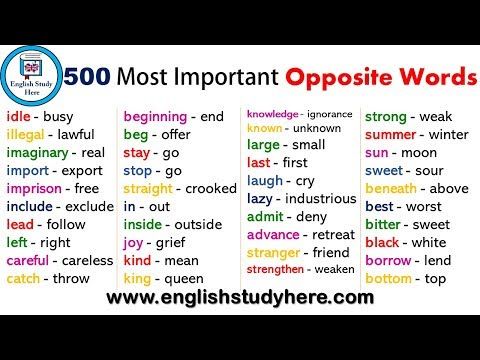
The letter Y is only sometimes a vowel because it can be pronounced as a consonant (such as in the words “yellow,” “yam,” and “kayak”) and sometimes as a vowel (such as in the words “sky,” “thyme,” and “lovely”).
It’s a consonant when it involves blocking the airflow out of your mouth, and it’s a vowel when it doesn’t.
Here are some examples of vowel letters in common English words:
- Unit: the vowel letters are “u” and “i”
- Chocolate: the vowel letters are “o,” “o,” “a,” and “e”
- Rainy: the vowel letters are “a,” “i,” and “y”
Vowel Sounds
Even though we only have five vowel letters in English (A, E, I, O, U, and sometimes Y), we actually have a lot more than five vowel sounds.
Each vowel letter can be used to express more than one sound. For example, the letter “a” can be pronounced like the “a” in “rate” or like the “a” in “rat.”
Furthermore, we can represent vowels by combining the five vowel letters in different ways.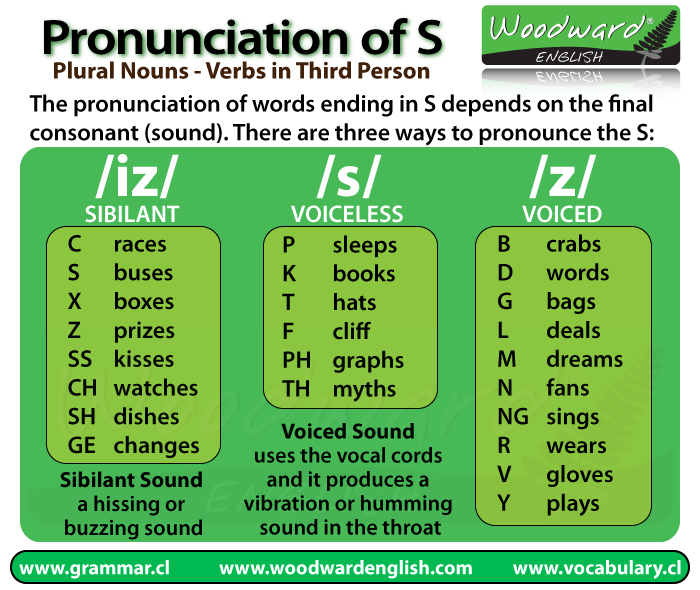 Sometimes we combine two vowels together to make a specific sound, such as “ai” and “au.” Other times, we combine a vowel with a consonant, such as “ah” and “an.”
Sometimes we combine two vowels together to make a specific sound, such as “ai” and “au.” Other times, we combine a vowel with a consonant, such as “ah” and “an.”
Here are some examples of vowel sounds in English words. Notice how they’re different from the vowel letters themselves.
- Unit: the vowel sounds are created by “u” and “i”
- Chocolate: the vowel sounds are created by “o”, “o”, and “a.” The “e” at the end is silent
- Rainy: the vowel sounds are created by “ai” and “y”
A grammar guru, style editor, and writing mentor in one package.
Try it for free!Why Are Vowels so Important in English?
Vowels are a crucial part of our language. Without them, we wouldn’t be able to speak or sing.
They’re also important for learning how to read and write English. Every beginner reader needs to learn vowels in order to sound out written words, since each syllable contains a vowel sound.
Let’s look more closely at the reasons why vowels are so important.
You Need Vowels to Cry, Laugh, and Sing
The human mouth is designed to include vowels in our speech sounds. We create vowel sounds even when we laugh or cry, regardless of the native language we speak.
We also need vowels to sing. Try singing a consonant sound like “k” or “t” or “b.”
You’ll quickly find that it’s impossible to sing a consonant without using a vowel. For example, you can sing the sound “kay” or the sound “tee,” but that’s because you’re singing the vowel sounds “ay” and “ee.” The consonants “k” and “t” only last for a moment.
If you pay attention to professional singers you’ll notice that they often draw out the vowel sounds, ending on consonants only at the very end. Unless you’re humming, you need to use vowels to sustain a sound for a long time.
Every Word and Syllable Needs a Vowel
Every syllable in the English language contains a vowel sound.
If you want to figure out how many syllables there are in a word, an easy method is to count the number of vowel sounds there are.
For example, say the word “tomato.” It has three syllables: to-ma-to. Here, the vowel sounds are “o,” “a,” and “o.”
Or say the word “counted.” It has two syllables: coun-ted. Here, the vowel sounds are “ou” and “e.”
You can have words and syllables without consonants, such as “I” or “oh”, but you can’t have a word without vowels. In a way, vowels are the heart of language—they’re the most basic component of the way we speak.
You Need Vowels to Create Assonance
Assonance is a literary device that involves the repetition of vowel sounds within nearby words. This device creates rhythm and helps writing to flow in a more musical way.
For example, consider this famous line from William Blake’s “Tyger”: “Tyger, Tyger burning bright in the forest of the night.” Here, the long “i” sound is repeated over and over. You hear it in “tyger,” “bright,” and “night.”
Another example is from the movie My Fair Lady: “The rain in Spain stays mainly in the plain.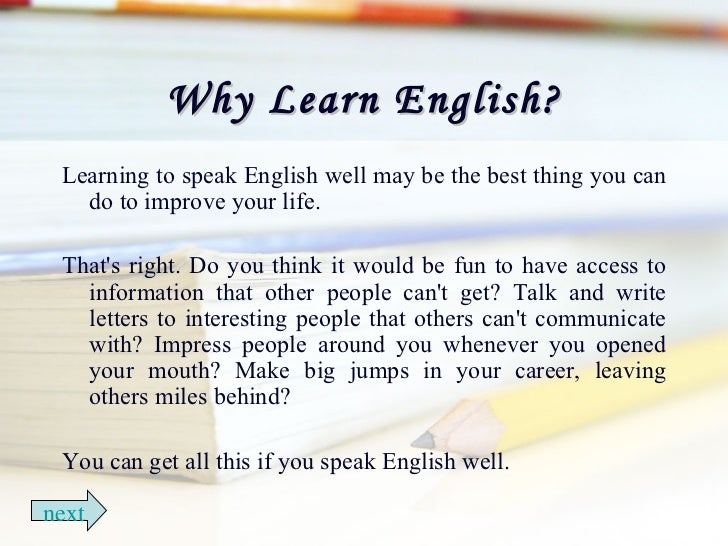 ” Here, the long “a” sound is repeated over and over in “rain,” “Spain,” “stays,” “mainly,” and “plain.”
” Here, the long “a” sound is repeated over and over in “rain,” “Spain,” “stays,” “mainly,” and “plain.”
If you’re writing or reading poetry, you should pay attention to vowel sounds. You can make your poem more musical by using similar sounds in interesting patterns.
Origins of the Word Vowel
The word “vowel” originates from the Latin word “vox,” which means “voice.”
In contrast, the word “consonant” originates from the Latin words for “with sound”: con (“with”) and sonare (“to sound”).
The Difference Between Short & Long Vowels
There are two types of vowel sounds: long vowels and short vowels.
The names of vowels are long vowel sounds. Think of the way you pronounce the letters A, E, I, O, and U when you’re singing the alphabet song. These are long vowels.
Here are some examples of long vowels in words:
- The “e” in “lead”
- The “a” in “mail”
- The “o” in “pole”
Whenever a vowel isn’t pronounced the way its name sounds, that means it’s a short vowel sound.
Here are some examples of short vowels in words:
- The “e” in “led”
- The “a” in “ball”
- The “o” in “pop”
It’s important to understand the difference between long and short vowels when you’re reading so you can pronounce the words correctly.
Long vowel sounds are often created by ending the word with a silent “e.” For example, the “a” in “hate” is a long vowel, while the “a” in “hat” is not.
Other times, long vowel sounds can be created by placing two vowels next to each other. For example, the “e” in “beat” is a long vowel, while the “e” in “bet” is not.
When a vowel appears by itself, it’s often pronounced as a short vowel, though this isn’t always the case. Practicing reading and pronouncing various English words is the best way to gain an intuitive understanding of how to pronounce each vowel.
Do Vowels Exist in Other Languages?
Every language has vowels, though some languages have more than others. For example, Japanese has only five vowel sounds, while Danish has 32.
Which words do you think have the strangest vowel pronunciations? Let us know in the comments.
Ready to Improve Your Writing? Try ProWritingAid.
Our editing software remembers 1000s of grammar rules so you don't have to.
Sign up for a free account to get started.
The Power of Vowels for Emergent Readers
Understanding vowels is the foundation for reading and writing the English language. Try stringing a line of consonants together and ask your child or students to make sense of what they see. They will soon realize that vowels give meaning to words and create patterns that assist their ability to read correctly.
It is essential for young children to be exposed to the power of vowels from the earliest stages of their reading development. Research has demonstrated that confusion with vowel sounds, or a lack of knowledge for the importance of vowels in words, serves to create much of the reading problems we see in literacy support classes at school.
For instance it is not uncommon for young children to confuse the vowels “i” and “e”. One way to overcome this problem is to focus on these vowels independently in the first instance and then to participate in classification activities so students learn to differentiate between the two vowels sound. Following is a sequence of a few simple tasks to teach children to decode words which contain the “i” or “e” vowel sounds.
1) Make large cut outs of both sounds. Display and discuss the difference in the shape of the letters.
2) Display word list that contain “i” and “e” as beginning and medial sounds. Colour code vowels to assist young readers with their visual perception of the sound.
3) Make picture cards of relevant words and their name and have children classify them according to the vowel sound. (Visual example would be good here)
4) Make mixed up silly sentence activities which focus on one of the vowel sounds for children to cut and paste in the correct order.
A similar problem can also emerge with the vowels “a” and “o” as the shape of these letters is similar. The same activities above can be adapted to these vowels as well as the following activity which is more specific to the “a” and “o” sounds.
1) Give children a worksheet that demonstrates the shape of both letters.
Ask them to make a smiley face on the “o” letter to show how Mr “o” looks straight ahead. Next draw an ear on the right side of the “a” and a nose on the left to demonstrates how Mr “a” looks to the side.
When children have a strong grasp for the first four vowels, and are competent with identifying them in print at the beginning and medial junctions of a word, introduce the “u” sound.
When you sense children are ready to work with the five vowels together, construct simple tasks that assist you to assess their understandings for reading the five vowels. Classification of activities using words with medial vowels is powerful indicators for children’s understandings for example.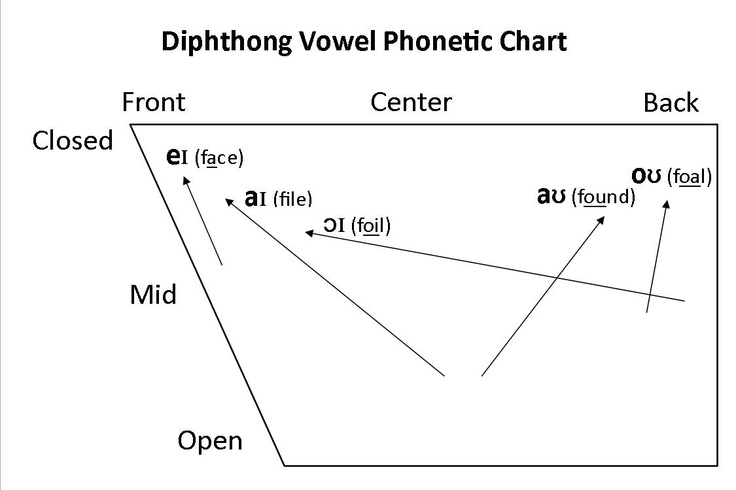 Below is a list of words that could be made into a cut and paste activity as an enjoyable, yet accurate form of assessment.
Below is a list of words that could be made into a cut and paste activity as an enjoyable, yet accurate form of assessment.
This task can be different to meet differing stages of understanding, at a teacher or parent’s discretion as follows:
Take vowels seriously when teaching young children the basic of reading. Lack of understanding can be evident for reading and spelling problems in later stages of literacy development. Let your creativity reign and HAVE FUN!
Vowel sounds and letters. How many are there in Russian?
We will teach you how to write without errors and tell stories in an interesting way
Start learning
The correct pronunciation of words is one of the components of beautiful and literate speech. To achieve this, you will first have to study the sounds themselves. In this article, we will figure out together what vowel sounds are, how many vowels are in the alphabet of the Russian language, and what sounds they can represent.
What are vowels and sounds
Vowel sounds are those sounds that we freely convey with our voice. Hence their name comes from: voice means "voice". When pronouncing, air exits through the mouth and does not create noise, and the position of the tongue and lips determines which vowel sound we will pronounce.
There are much fewer vowels in Russian than consonants. There are 6 of them in total: [a], [o], [i], [s], [y] and [e]. To understand whether a vowel sound is in front of you or not, try to sing it. For example:
-
a-a-a ,
-
y-y-y
-
ss .
If it works, then the sound is a vowel. You can't do that with consonants.
There are more vowels than sounds - there are 10 of them: a, i, u, u, o, e, e, e, i, s .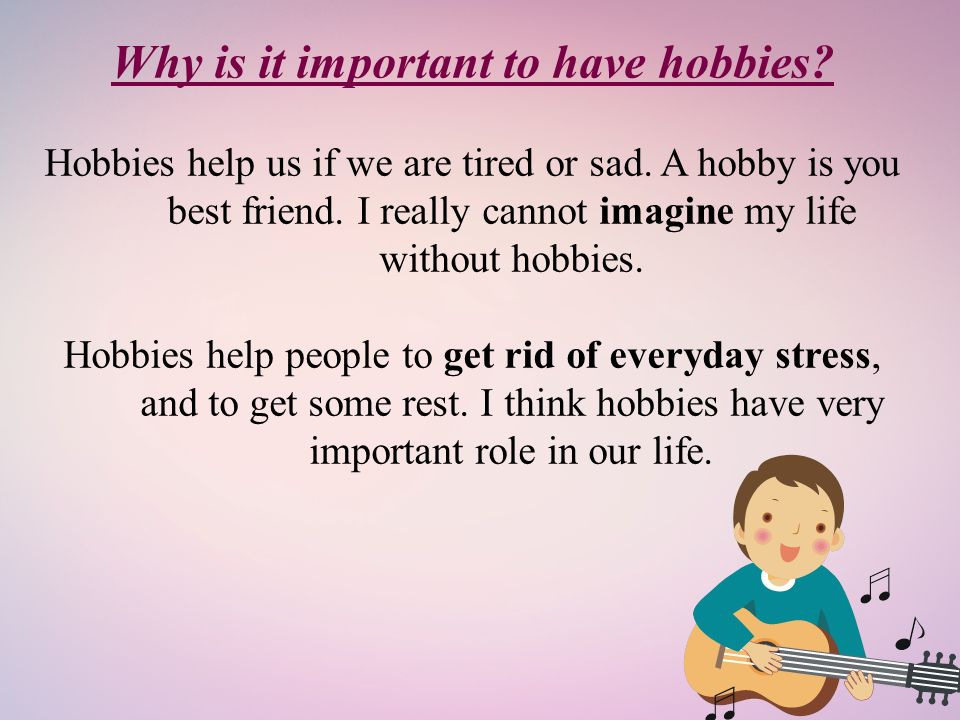 This difference is due to the fact that some of these letters can represent two sounds and are pronounced using a combination of a vowel and a consonant [y']. For example, in word spruce the letter e expresses two sounds - [y'] and [e]. Let's look at the table all the vowel sounds and the letters that represent them.
This difference is due to the fact that some of these letters can represent two sounds and are pronounced using a combination of a vowel and a consonant [y']. For example, in word spruce the letter e expresses two sounds - [y'] and [e]. Let's look at the table all the vowel sounds and the letters that represent them.
| Letter | Sound | Example |
|---|---|---|
| a | [a] | pharmacy |
| i | [a] [d'] + [a] | change anchor |
| y | [y] | moon |
| [y] [y'] + [y] | love skirt | |
| about | [o] [a] | horse milk |
| e | [e] [y'] + [e] [and] | victory raccoon great |
| and | [o] [d'] + [o] | rope hedgehog |
| e | [e] | evolution |
| and | [and] [s] | caviar life |
| s | [s] | choice |
Demo lesson in Russian
Take the test at the introductory lesson and find out what topics separate you from the "five" in Russian.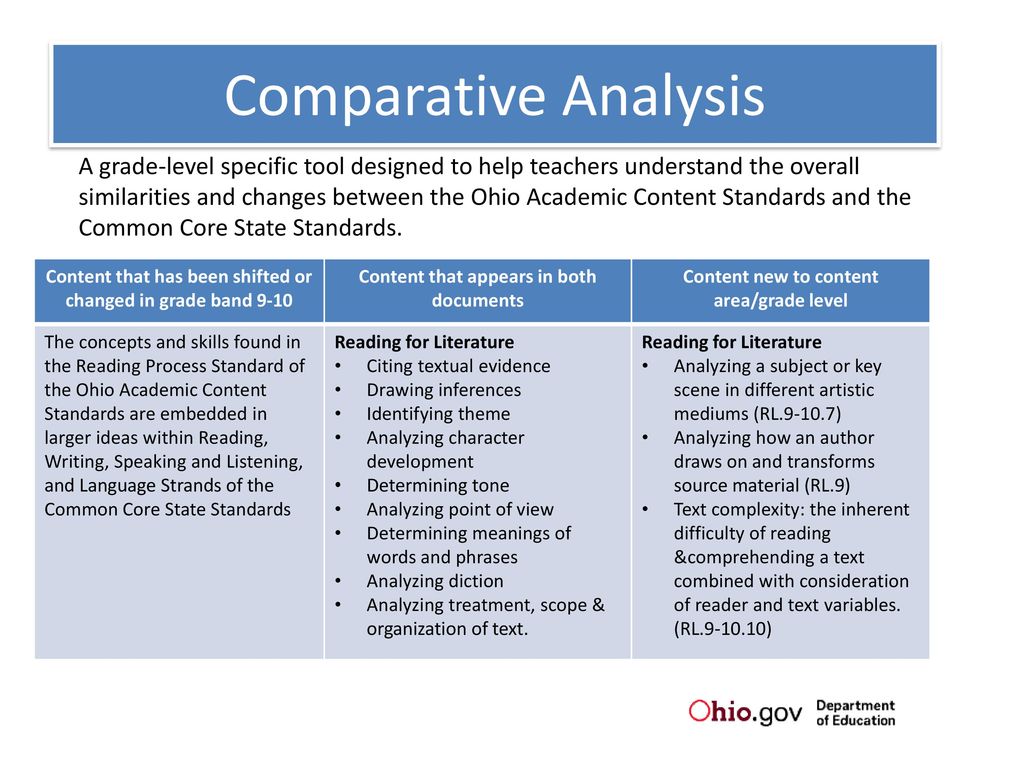
How vowel sounds are related to syllables
Vowel sounds form syllables - sound segments of words that we pronounce with one breath. One syllable can be either a vowel with one or more consonants, or a vowel alone. There is even a rule by which syllables can be counted: how many vowels in a word - so many syllables. nine0003
For example, in the word journey there are 5 vowels: [u], [i], [e], [i] and [e]. This means that it has 5 syllables: p-te-she-stvi-e .
Test yourself!
Count the number of syllables in the words: try on, tanner, well-groomed, care, prefix, capital, wet, invitation, orange .
Vowel sounds and stress
Now let's see what groups vowel sounds are divided into. Sometimes their pronunciation depends on whether the stress falls on them, that is, whether we single them out with our voice. So vowel sounds are divided into stressed and unstressed.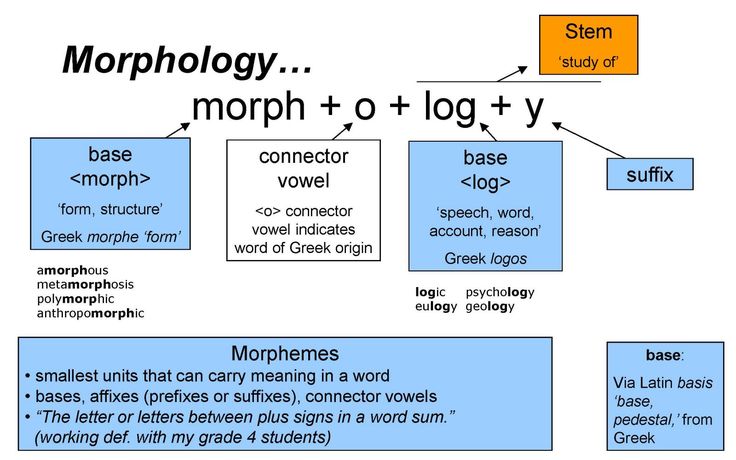 Here are some examples:
Here are some examples:
| | | |
|---|---|---|
| | | |
| | | |
| | | |
Stress in Russian can fall on any of the existing vowel sounds. However, only 4 of them can be unstressed - these are [a], [i], [y] and [s]. In this position, we pronounce sounds weaker than under stress, because of which they can change qualities and sound differently.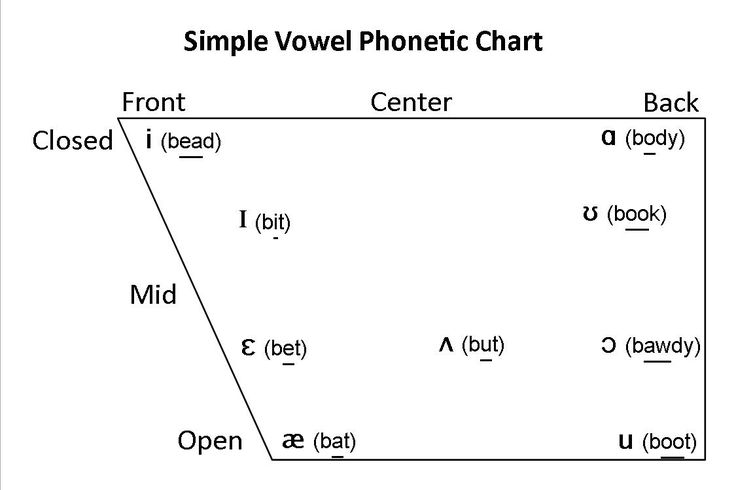
Interestingly, the vowels [o] and [e] can only be stressed. There are only a couple of exceptions to this rule: for example, in words cocoa and canoe sounds [o] and [e] in an unstressed position.
How unstressed vowels are related to consonants
How an unstressed vowel sounds depends on the consonant that precedes it. Or rather, from its hardness or softness. If it is a hard consonant, it can be followed by unstressed vowels [y], [a] and [s]. When we talk about a soft consonant, it is followed by unstressed vowels [y] and [and].
| | |
|---|---|
| | |
| | |
| | |
Test yourself
It's time to find out if you now understand well what vowel sounds are in Russian. To do this, we have prepared tasks for self-examination. nine0003
To do this, we have prepared tasks for self-examination. nine0003
Task 1
List all the vowels in these words:
-
squeal,
-
fair,
-
rejoice,
-
doll,
-
distant,
-
buddy,
-
voting,
-
mirror,
-
story,
-
OK,
-
captivate.
Task 2
Name 5 words each in which the sounds [a], [i], [y] and [s] would be stressed.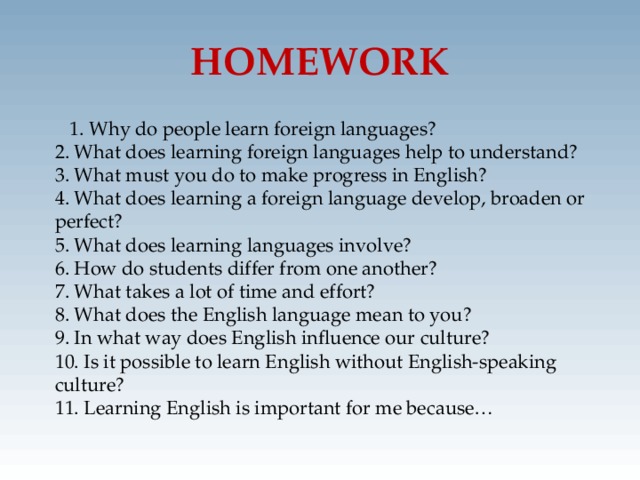
Task 3
Name 5 words in which an unstressed vowel would come after a hard consonant, and 5 more words where it would follow a soft consonant.
Task 4
Count the number of syllables in the words below (don't forget to use the rule you learned at the beginning of the article!):
-
weightless,
-
sunrise,
-
adventure,
-
painter,
-
perpetuate,
-
pleasant,
-
image,
-
category,
-
exciting,
-
melting,
-
snowflake.
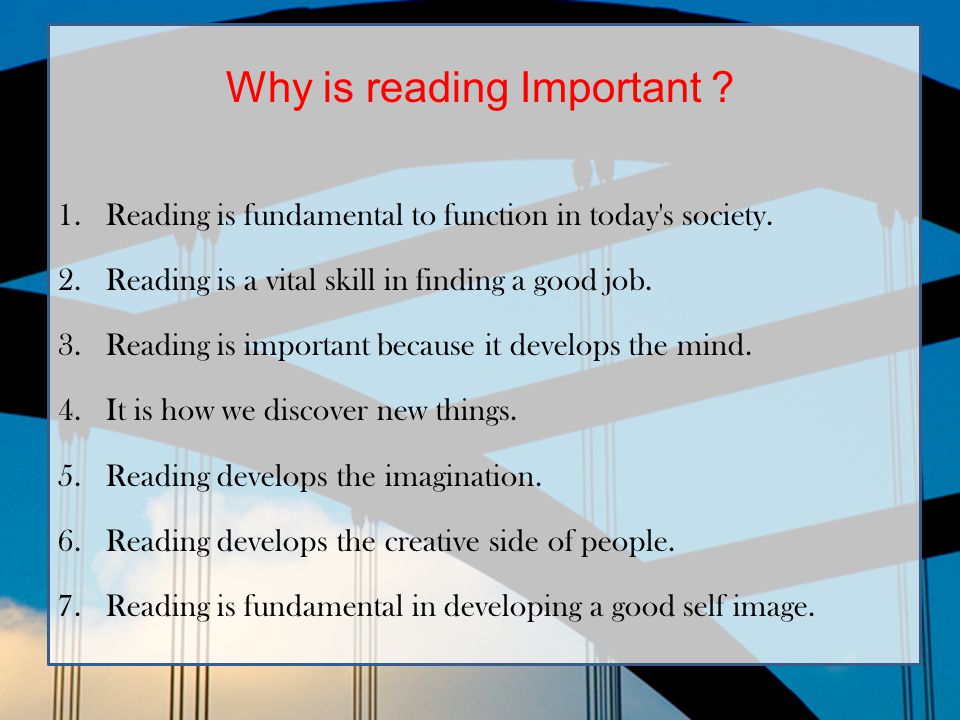
The rules of phonetics help us to speak correctly, so it is important to master the topic of vowels well and avoid gaps in knowledge. If even after reading the article you still have questions on the topic, you can figure them out in the Russian language course at Skysmart. In online lessons, the teacher will help the student work out the theory and consolidate the result on non-boring tasks. So the student will be able to improve the quality of knowledge, and fall in love with the subject. nine0003
Cheat sheets for parents
All Rules in Russian at hand
Alena Fedotova
author Skysmart
to previous article
for the next article 9000 speech and writing at a free introductory lesson
At an introductory lesson with a methodologist
-
We will identify gaps in knowledge and give advice on learning
-
Let's tell you how the classes are going
-
Let's choose a course
how sounds and letters differ
All letters are divided into 2 important categories - vowels and consonants.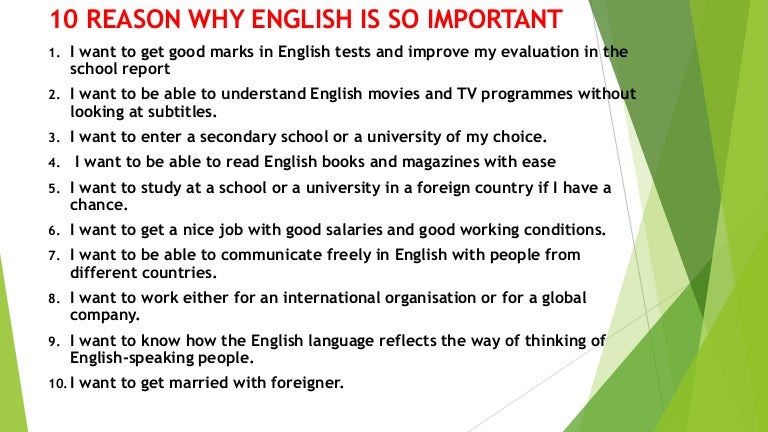 There are 10 vowels and 21 consonants in Russian. Hard and soft signs do not have sounds, and therefore they are classified as a separate group of letters. Not everyone knows exactly how vowels differ from consonants. However, there is a difference, and it is quite significant. The differences affect the features of pronunciation, the length of the sound and the functions performed. nine0003
There are 10 vowels and 21 consonants in Russian. Hard and soft signs do not have sounds, and therefore they are classified as a separate group of letters. Not everyone knows exactly how vowels differ from consonants. However, there is a difference, and it is quite significant. The differences affect the features of pronunciation, the length of the sound and the functions performed. nine0003
Contents
What are vowels?
This term is understood as the category of speech, which is formed by passing the air flow through the vocal cords. They are created exclusively by voice. In this case, no external noise is observed. In addition, the articulatory apparatus is not involved in the process.
In Russian, as well as in many other Slavic languages, there are 6 vowel sounds. These include [a], [e], [i], [o], [y], [s]. At the same time, the number of vowels is 10. This difference is due to the fact that 2 sounds are involved in the formation of the letters “i”, “ё”, “u”, “e”. nine0003
Vowels are very important for word formation. First of all, syllables are formed from them. In addition, they give syllables their own shades, which as a result they become stressed or unstressed. The stressed syllable is pronounced much longer and more expressively than the rest.
The concept of consonants
Consonants are speech elements that are formed under the influence of the vocal flow and the articulatory apparatus. During the pronunciation of a consonant, obstacles appear in the voice. Their functions are performed by the tongue or lower lip. As a result, the sound becomes noisier. There are 36 consonants in Russian. When writing, they are designated by 21 letters. nine0003
Consonants are characterized by a clear classification. They are divided according to 5 main features:
- place of formation;
- method of formation;
- noise level;
- voice participation;
- hardness or softness.
Depending on the degree of noise and the use of the voice, the following types of consonants are distinguished:
- noisy;
- sonorous.
Noisy sounds are also divided into 2 categories, namely:
- deaf;
- voiced.
According to the place of formation there are the following types:
- front lingual consonants;
- middle-lingual;
- posterior lingual.
According to the method of formation, there are the following types:
- slotted;
- occlusive;
- link-through;
- trembling;
- one-piece.
Depending on the participation of voices, the following groups are distinguished:
- pronounced with a voice; nine0026
- spoken without voice.

Voiced, voiceless and hissing
Voiced include "b", "c", "d", "d", "g", "s", "d", "l", "m", "n" ", "R". Deaf sounds such as "p", "f", "k", "t", "sh", "s", "x", "c", "h", "u" are called deaf.
In addition to the indicated voiced and voiceless types, there are also hissing ones.
These include "sh", "g", "u", "h". They are always deaf. When pronouncing such sounds, the tongue should be pressed against the palate in various ways. At the same time, a sound resembling the hiss of a snake appears, especially if it is stretched a little. nine0003
Hard and soft
Consonants are also divided into soft and hard. To determine the type of sounds, you should pay attention to pronunciation. So, soft ones can be pronounced only by raising the middle of the tongue to the sky.
Softness or hardness is affected by the following sound. So, if a consonant is followed by vowels such as "e", "e", "i", "yu", "ya", or "b", it will be defined as soft.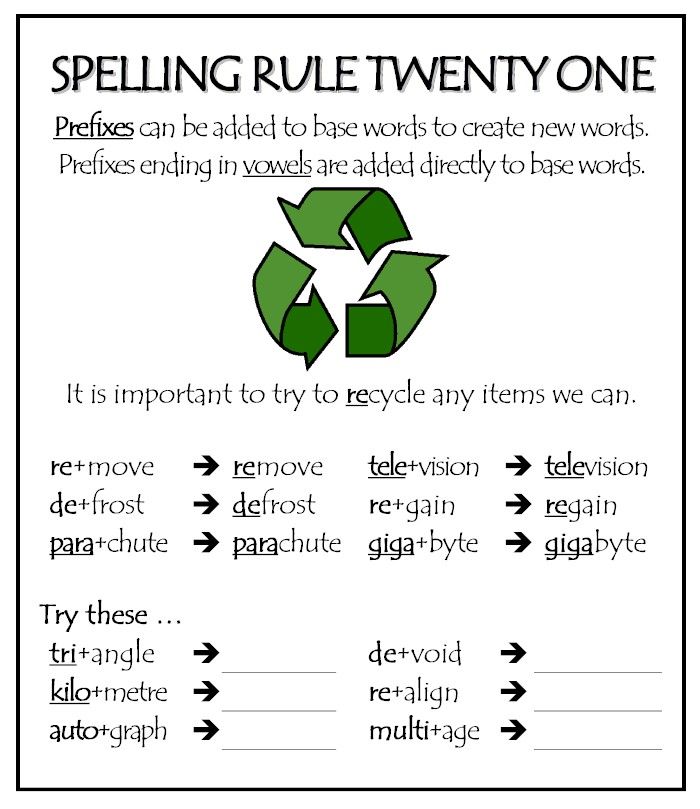 In addition, the letters "b" and "b" speak of the softness of the previous sound.
In addition, the letters "b" and "b" speak of the softness of the previous sound.
What is the difference between vowels and consonants? nine0011
To distinguish vowels from consonants, first of all, you should pay attention to their sound. So, vowels are formed in the larynx, and consonants pass through the lips, palate, teeth or tongue.
In order to master consonants, it is important that a person does not have defects in the speech apparatus. To pronounce vowels, special skills are not needed. Their characteristic feature is that the formation of sounds occurs as if by itself. They are even for babies.
Expert opinion
Ekaterina Vladimirovna Karnaukh
Graduated from the National University of Shipbuilding, specialty "Enterprise Economics"
Another difference between sounds is that the vowel variety is used to create syllables.
The number of vowels in a word is the same as the number of syllables. This is important to know for the correct conduct of phonetic analysis. At the same time, such properties are not typical for consonants.
At the same time, such properties are not typical for consonants.
The use of vowels gives words a certain expression and intonation. The stress is placed exclusively on them, which makes the stressed syllable special. nine0003
Another difference is the duration of the sound. Vowels sound longer. Plus they are louder. Consonants are considered short, noisy and at the same time quieter. In addition, vowels can be sung. Because they are often used by vocalists to perform various exercises.
Special letters of the Russian language
There are also special characters in the Russian language. They do not have any audible designations. These are soft and hard signs. They are required for the following functions:
- Separate parts of words. The presence of these signs in words indicates that the next vowel is ioted.
- Soften the preceding consonant. Also, signs implement certain grammatical functions. One of them is the designation of the gender of the word.



